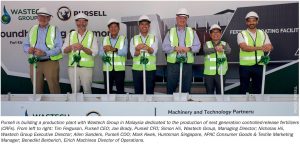
Pioneering Pursell goes international
Fertilizer International interviews Joe Brady, Pursell's Chief Financial Officer, ahead of the Southwestern Fertilizer Conference in Nashville in mid-July.

Fertilizer International interviews Joe Brady, Pursell's Chief Financial Officer, ahead of the Southwestern Fertilizer Conference in Nashville in mid-July.

In this CRU Insight, Anthony Rizzo explains why market participants should expect an uneven global demand picture in 2026 and highlights regional variations.
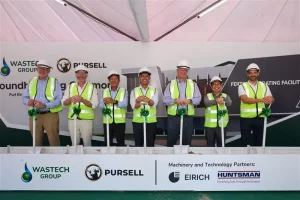
Pursell Agri-Tech is to build and operate a controlled-release fertilizers (CRF) plant in Malaysia.
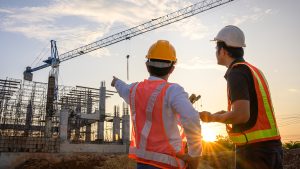
Adani Group subsidiary Kutch Copper has commenced operations at its new Mundra copper refinery and smelter, the company announced on 28 March. The company previously indicated an expected start-up by the end of Q1. The new smelter will help boost domestic supplies of copper, demand for which is robust from the construction, transport and power sectors in particular and likely to double by 2030, with the shift towards clean energy and electric vehicles. This first phase of the project will have around 500,000 t/a copper capacity, with a similar capacity planned to be added in the second phase by 2029.
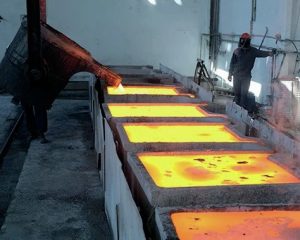
It is reported that Tongling Nonferrous is planning production cuts this year given current record low treatment and refining charges (TC/RCs). CRU estimates that the company’s potential cutbacks will total 67,000 tonnes of copper for the year. However, the start-up of the Jinguan II and Chifeng Jinjian II projects could offset the reduction in concentrate demand at operational smelters. Tongling Nonferrous owns five operational smelters/refineries with a total of 1.28 million t/a blister capacity and 1.73 million t/a refined capacity, respectively. It is understood that the Chifeng Jintong 220,000 t/a smelter has cut operating rates by 10% since early March due to concentrate tightness.
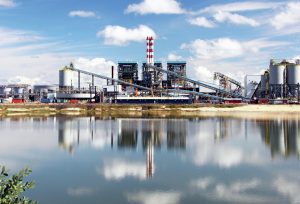
Indonesia has become the epicentre of the world nickel industry, and is now seeking to raise royalty rates to capture more value from this. Will this impact upon the continuing expansion of HPAL capacity there?

Daewoo Engineering & Construction has signed a $700 million framework agreement to build a fertilizer plant in Turkmenistan. The agreement was signed in Seoul with Turkmenistan's state-owned chemical firm, Turkmenhimiya, according to the Turkmen Ministry of Trade, Industry and Energy, noting the Korean firm was named the preferred bidder for the project in October. The project aims to construct a fertilizer plant that will extract phosphoric acid from phosphate rocks and process the substance into 300,000 t/a of annually in eastern Turkmenistan by 2029.

The Philippine government is looking to follow Indonesia’s success in attracting downstream investment by banning the export of nickel ore. The Philippine Congress could ratify a bill banning raw mineral exports as early as June. The ban would come into force five years after approval to give miners time to build downstream processing plants. This development could potentially lead to higher nickel prices in the medium term if there is a delay to building domestic capacity and the Indonesian government becomes serious about restraining ore availability.

Kazakh state gas company QazaqGaz says that work is progressing well and on schedule on the 1 billion m3 expansion project at the Kashagan Gas Processing Plant. A recent site report says that seven absorption columns have been installed at the sulphur treatment unit (each weighing between 50-170 tonnes); three sections of the smokestack have been installed at the sulphur recovery block, along with storage tanks and pumps for the heat carrier, instrumentation air, and nitrogen supply units; and a total of 2,177 t of process equipment has been installed. Welding works for tank assembly are ongoing, and over 12,000 meters of underground piping have been laid, and more than 38,000 cubic meters of concrete have been poured.

Indonesia is increasing the royalty rates that the government takes on metals mined within the country. The Indonesian government has proposed a tiered royalty structure on nickel ore sales, ranging between 14–19%, depending on the prevailing nickel price. This would replace the current flat rate of 10%. A 14% rate would apply when nickel prices are below $18,000 /t, increasing progressively to 19% for LME prices above $31,000 /t. The royalty is calculated based on revenue from nickel ore sales.